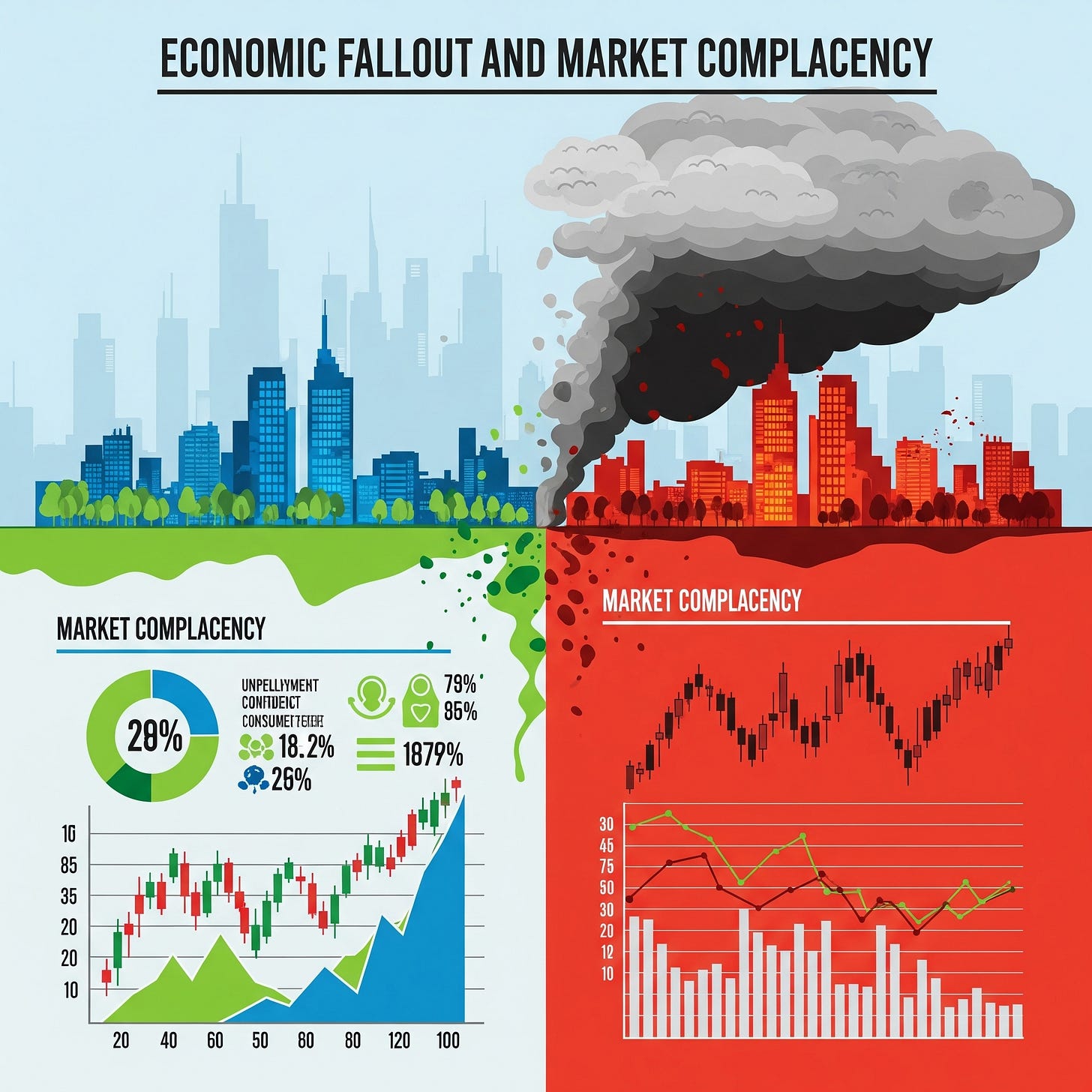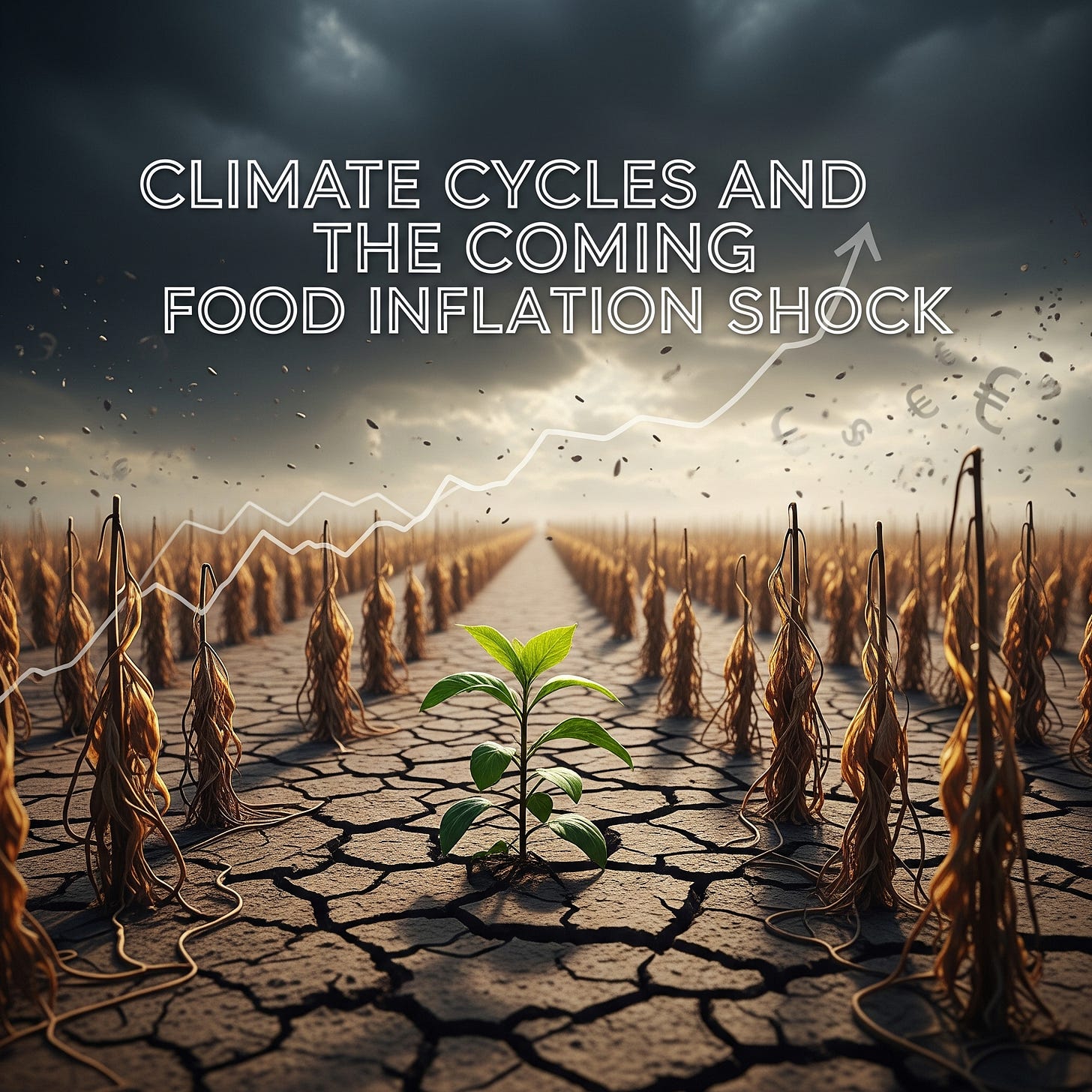Iran’s Tipping Point: War, Gold, Oil, and the New Geopolitical Order
The Strategic Alliance Redefining Markets and Power in a Volatile World
As of June 2025, the global order stands at a precarious crossroads. On the Capital Cosm podcast, host Danny welcomed Simon Hunt of Simon Hunt Strategic Services, who delivered a stark warning: a powerful alliance of China, Russia, and Iran is challenging U.S. dominance, risking military escalations, commodity price surges, and financial upheaval. With the global economy already strained by debt and climate-driven pressures, this discussion illuminates the urgent risks facing investors and policymakers in a rapidly shifting world.
The Axis of Resistance: China, Russia, and Iran’s Coordinated Strategy
China, Russia, and Iran have united in a strategic pact to counter U.S. influence, driven by the understanding that their survival hinges on collective resilience. Their defiance is clear: China grapples with 55% U.S. tariffs, Russia wages a proxy war against NATO in Ukraine, and Iran persists with uranium enrichment despite sanctions. Simon Hunt emphasizes that these nations “know they have to stand firm together” to prevent sequential U.S. targeting. Their coordinated approach—described as operating “hand in glove”—ensures unified responses to U.S. policies, from trade wars to military posturing. Washington’s attempt to fracture ties between Russia and China, as Hunt notes, has backfired, solidifying their resolve and undermining U.S. diplomatic leverage. This alliance signals a profound shift, challenging the unipolar dominance of the U.S. and setting the stage for a multipolar world.
Impending Military Flashpoints and Oil Shock Risk
This unified front amplifies the risk of military escalation, particularly in the Middle East. Hunt warns of an imminent Israel-U.S. attack on Iran, a “very high risk” that could disrupt 20% of global oil supplies by closing the Strait of Hormuz. Such a shock could propel oil prices beyond $120-$130 per barrel, as echoed by JPMorgan CEO Jamie Dimon, driving U.S. inflation above 5% and derailing efforts to stabilize prices. The current market complacency, Hunt argues, would “be blown away,” triggering volatility across equities and energy markets. This echoes the 1970s oil crises, where geopolitical shocks reshaped economic landscapes, underscoring the fragility of today’s interconnected markets.
Gold, Silver, and the Strategic Flight from the Dollar
The surge in gold to $3,412 per ounce and silver above $36 per ounce reflects mounting geopolitical unease. Hunt notes that “gold reflects geopolitical pressure points,” signaling distrust in the U.S. dollar. BRICS nations are accelerating this shift, with the Shanghai Gold Exchange building vaults in countries like Saudi Arabia to facilitate gold-backed trade. Saudi Arabia’s use of CNY for oil transactions, hedged through gold, exemplifies this trend. The 2022 U.S. seizure of Russian assets catalyzed this flight from dollar-centric systems, with the silver market—valued at approximately $2 trillion—also absorbing capital seeking safe havens. This pivot undermines the dollar’s reserve status, reminiscent of post-World War II shifts when gold anchored monetary stability.
Economic Fallout and Market Complacency
Financial markets remain dangerously overconfident, with Hunt predicting that a geopolitical shock will shatter this optimism. European equities, buoyed by hopes of a Ukraine peace deal driving infrastructure gains, face disappointment, as Hunt dismisses near-term resolutions.
Base metals like copper, currently at $9,700 per metric ton, could plummet to $7,000 per metric ton in a war-induced economic contraction, only to rebound as central banks deploy aggressive stimulus. With global debt-to-GDP ratios exceeding 300%, the financial system is vulnerable to such disruptions. Jamie Dimon’s sale of his entire JPMorgan stake in February 2025 signals insider alarm, a stark warning that markets’ current calm belies systemic risks.
BRICS, De-dollarization, and Institutional Challenge
BRICS nations are forging an alternative financial architecture, with a gold-backed currency and institutions like the BRICS Development Bank challenging U.S. hegemony. Hunt suggests the upcoming BRICS summit may unveil policies to advance this agenda, despite U.S. efforts to sway India. The 2022 asset freezes galvanized BRICS to accelerate de-dollarization, with Russia and China using gold to settle trade imbalances. This institutional shift threatens the dollar’s dominance, but India’s need for unanimous BRICS decisions poses a hurdle. This mirrors Cold War-era efforts to counter Western financial systems, highlighting the strategic stakes of this emerging bloc.
The Ukraine Conflict’s Evolution and NATO’s Dilemma
While BRICS nations challenge U.S. financial dominance, Russia is simultaneously advancing its territorial ambitions in Ukraine, intertwining economic and military strategies to erode Western influence. Hunt forecasts Russia’s push to secure Kiev and Odessa for long-term security, with 640,000 troops poised for a multi-front advance. This aims to counter NATO’s escalating involvement, particularly after attacks on Russia’s nuclear bombers enabled by NATO’s technical expertise. Moscow’s threat to retaliate against NATO members risks a broader conflict, undermining European market optimism. A Middle East escalation could divert U.S. focus, boosting Russia’s oil and gas revenues and strategic leverage. This echoes Cold War proxy conflicts, where superpowers vied for control through regional battles.
Climate Cycles and the Coming Food Inflation Shock
Long-term climate shifts, driven by the Gliberg and Buffett cycles, threaten food security. The Buffett cycle—cold water from melting Greenland ice flooding the Atlantic—could usher in colder climates, shortening growing seasons and disrupting rainfall patterns, as seen in the 1930s Dust Bowl. The FAO’s food price index, up 6% year-on-year, with dairy and vegetable oils rising 22% and 19%, signals inflationary pressures. These climatic disruptions, combined with geopolitical shocks, will amplify food inflation, challenging global supply chains. Hunt’s call to “build your vegetable garden” underscores the need for household resilience in the face of unpredictable agricultural yields.
Hyperinflation, Bonds, and Forced Monetary Control
Hunt’s forecast of 10%+ yields on U.S. 10-year Treasuries by 2028 signals a looming debt crisis. War-driven energy and food price spikes could push global inflation above 10%, eroding bond values in the $20 trillion U.S. bond market. As capital flees to gold and silver, governments may force banks and pension funds to hold Treasuries, monetizing debt to stabilize the system. This mirrors post-World War II inflationary spirals, risking hyperinflation and threatening the dollar’s reserve status. The global financial system, with debt-to-GDP ratios over 300%, faces a reckoning, potentially collapsing under these pressures.
Conclusion
In June 2025, the convergence of geopolitical rivalries, commodity surges, and systemic vulnerabilities heralds a turbulent era. The China-Russia-Iran axis, potential Middle East flashpoints, and BRICS’ de-dollarization efforts challenge U.S. dominance, while climate-driven food inflation and bond market risks threaten economic stability. Investors and policymakers must act decisively:
Allocate to Precious Metals: Gold and silver offer hedges against geopolitical and inflationary risks.
Track BRICS Developments: Monitor the BRICS summit for signals of a gold-backed currency and institutional shifts.
Prioritize Food Security: Invest in local agriculture or personal food production to counter rising costs.
The age of dollar hegemony is fading, not with a whimper, but with a coordinated global resistance—and those watching the gold tape may see the future before the headlines catch up.









